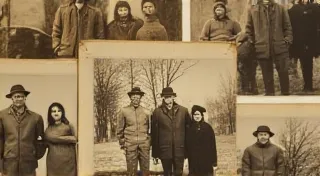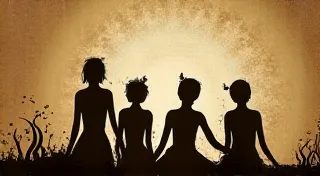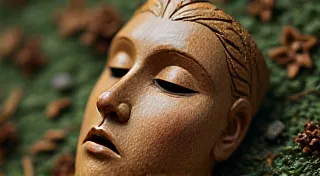The Clockwork Heart of Tradition: How Games Teach Social Order
There's a particular smell that clings to antique accordions – a blend of aged wood, dried leather, and the ghost of countless melodies played over decades. My grandfather, a taciturn man of few words, had one. It sat in a corner of his workshop, a silent sentinel presiding over the creation of functional, enduring things. He rarely played it, but the presence of that accordion, that tangible link to a past he rarely spoke of, shaped my understanding of heritage in a profound way. It wasn’t just an instrument; it was a vessel carrying cultural weight, a repository of unwritten rules and expectations passed down through generations. Much like traditional games.
We often think of games as simple amusements, fleeting moments of laughter and friendly competition. They are, of course, that. But beneath the surface of any folk game, woven into the rules, the rituals, and the very act of participation, lies a subtle yet powerful mechanism: the transmission of societal norms. These aren’t conscious lessons, rarely articulated, but they seep into the players’ understanding, shaping their behavior and reinforcing the structures of their community. They are, in essence, the clockwork heart of tradition.
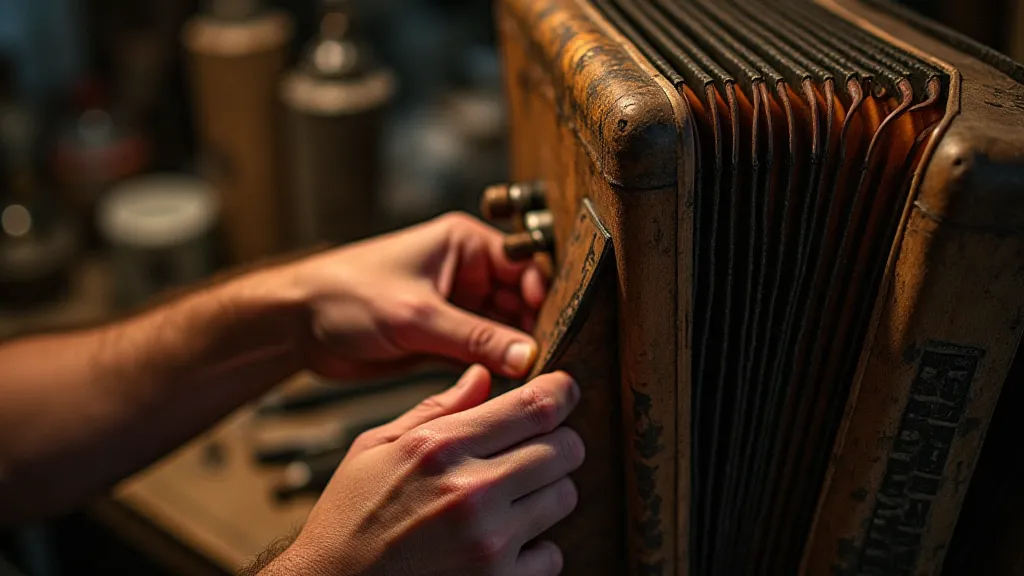
The Field of Barley and the Hierarchy of Play
Consider, for example, the traditional game of 'Clybdy' from Wales. This team game, played with a little wooden stick ('the club'), involves hitting a ball across a farmer’s field. At first glance, it appears to be a free-for-all. However, the field itself dictates a silent hierarchy. Historically, the landowner would grant permission for the game to be played – a visible demonstration of ownership and authority. The teams were often organized along social lines – farmers versus farm laborers, older men versus younger men. The game wasn’t just about hitting a ball; it was about acknowledging the existing power structures within the community. The very act of asking permission, the formation of teams based on social standing, reinforced a social order that would have permeated every aspect of rural Welsh life.
This isn's unique to Wales. Throughout history and across continents, similar dynamics have played out in seemingly innocuous games. In many indigenous cultures of North America, games often incorporated elements of hunting or warfare. The rules weren't just about skill; they were about demonstrating respect for elders, showing restraint in victory, and honoring the spirit of the animal being mimicked. Losing wasn’t necessarily shameful; it was an opportunity to learn from your elders and improve your skills for the real challenges of survival. The game itself served as a miniature rehearsal for life, teaching valuable lessons in a safe and controlled environment.
Craftsmanship and the Language of Skill
The craftsmanship inherent in many traditional games also speaks volumes about cultural values. Think of the exquisitely carved wooden toys used in games across Asia – intricate puppets, delicately painted boards, and meticulously shaped pieces. These weren’t mass-produced items; they were laboriously created by skilled artisans, often passed down through families. The time and effort invested in these objects signaled their importance, not just as playthings, but as symbols of cultural pride and artistic mastery. The skill required to create these games elevated the maker, reinforcing the value placed on craftsmanship and dedication within the community. A broken toy wasn’s just a disappointment; it was a loss of art and tradition.
Restoring these games, much like restoring an antique accordion, requires more than just technical skill. It demands a profound respect for the original creator’s intent. It’s about understanding the materials used, the techniques employed, and the cultural context that shaped the object's creation. The faint scent of beeswax and linseed oil on a restored game piece is a tangible link to the past, a reminder of the hands that shaped it and the culture it represents. Just as an accordion player strives to replicate the nuances of their predecessors, a restorer seeks to preserve the essence of a traditional game, ensuring it can continue to teach its silent lessons for generations to come.
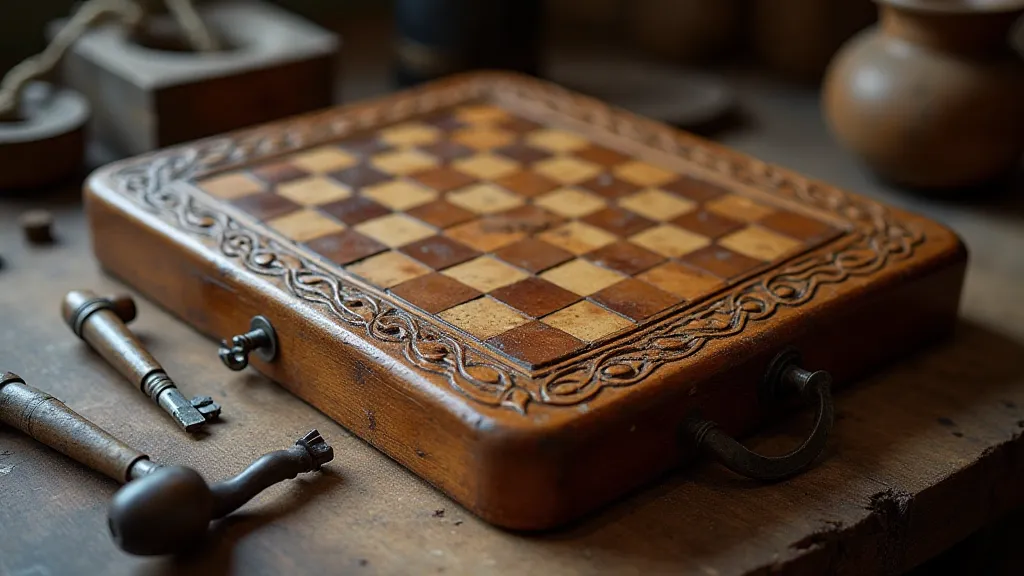
The Subtle Language of Exclusion
Of course, the reinforcement of societal norms isn’t always positive. Traditional games, like any cultural practice, can also perpetuate inequalities and reflect the biases of the time. Historically, many games have been gendered, with certain activities reserved exclusively for boys or girls. This wasn't necessarily a malicious act; it was a reflection of the prevailing social roles assigned to each gender. Children learned, through play, what was expected of them as men and women, internalizing those expectations and perpetuating them in the next generation.
Similarly, games could also reflect class distinctions or ethnic divisions. Certain games might be considered "high-class" or "low-class," subtly reinforcing social hierarchies. While these inequalities might seem uncomfortable to modern sensibilities, understanding them is crucial for appreciating the full complexity of traditional games and the cultural context in which they were played. Dismissing these games as simply "fun" ignores the powerful social messages they conveyed.
Preserving the Clockwork Heart
The challenge facing us today is how to preserve these cultural treasures, these clockwork hearts of tradition, while also acknowledging and addressing the problematic aspects they might reveal. It's not about romanticizing the past or ignoring its flaws. It's about understanding the lessons these games can teach us about ourselves, about our history, and about the enduring power of cultural transmission. Collecting and restoring these games, sharing their stories, and even adapting them to modern contexts can help us keep these vital links to our heritage alive.
Just as I remember the quiet pride my grandfather took in his antique accordion, even though he rarely played it, we must strive to appreciate the cultural significance of these games. They are more than just amusements; they are living embodiments of our shared history, subtly shaping our values and expectations, even as we play. They are the silent teachers, the keepers of our cultural memory, the clockwork hearts of tradition.


